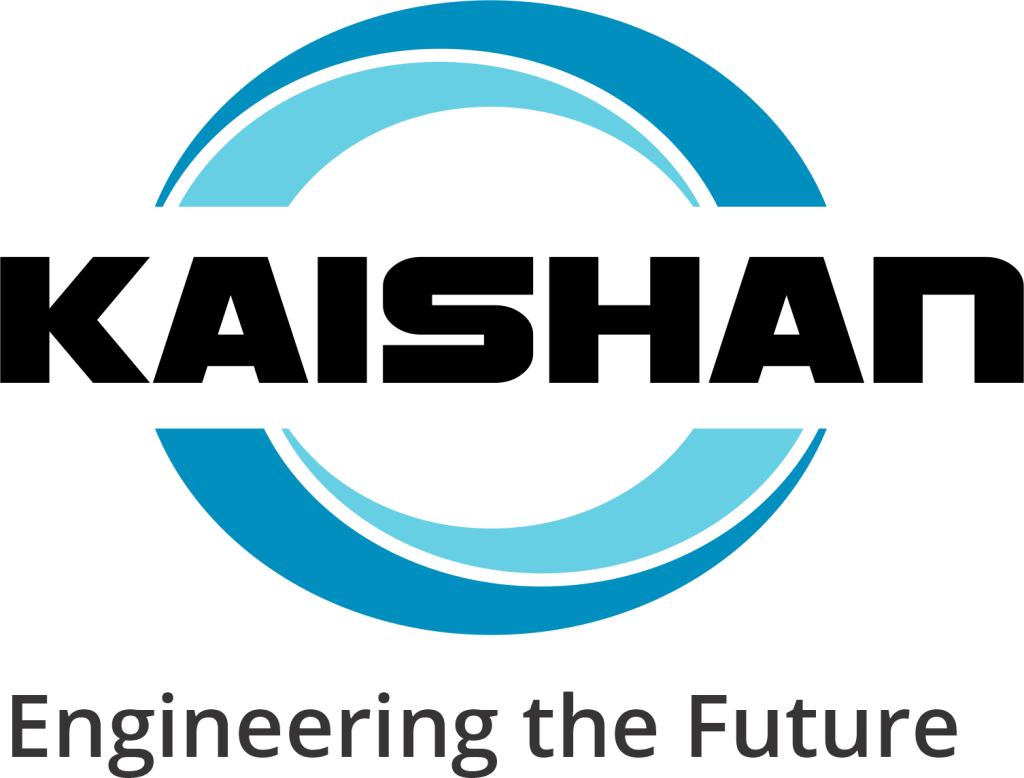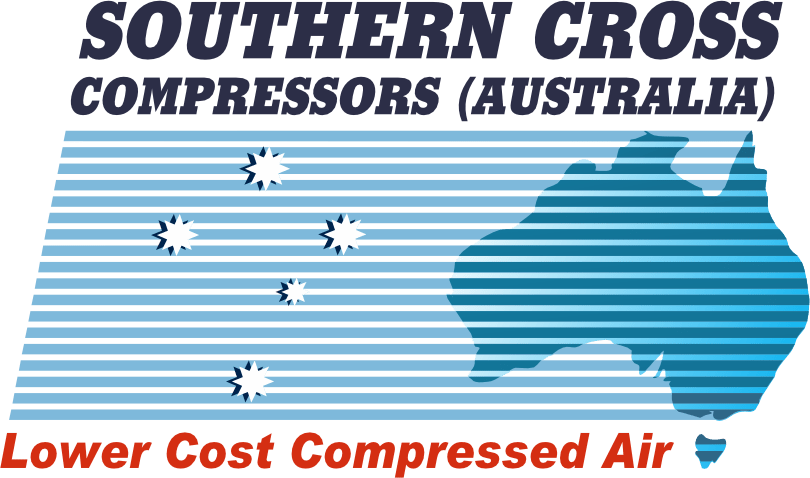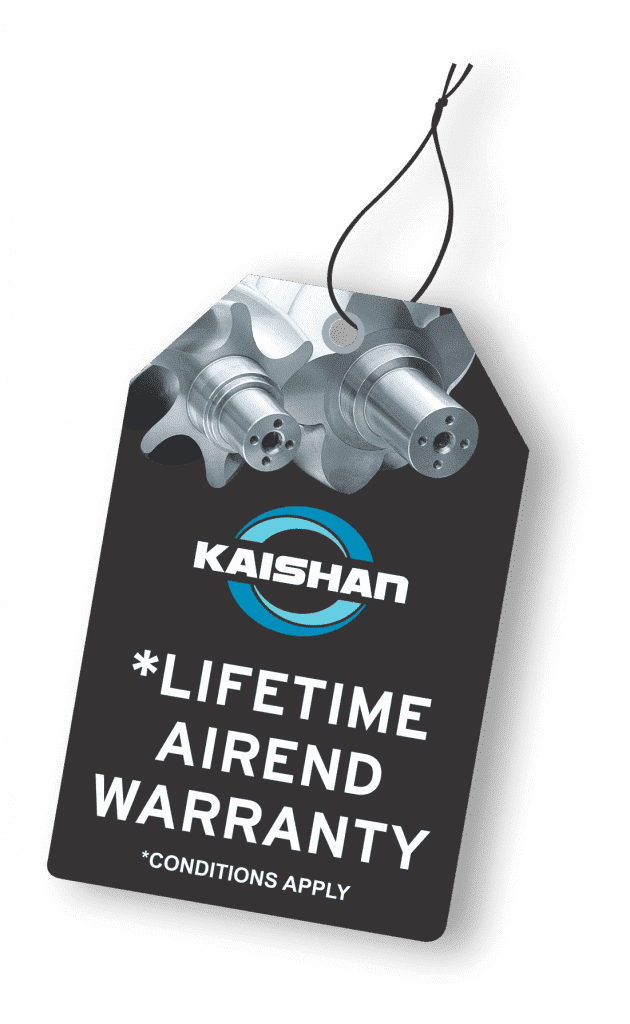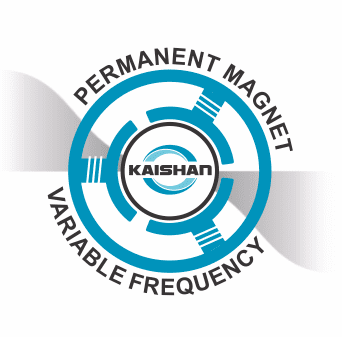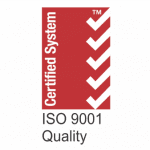GENERAL FAQ'S
Choosing the right compressor is critical for many reasons. First of all, it must be able to do the job but more than that it has to do the job effectively and economically. If the compressor is too large it can cause power bills to go through the roof. Too small and it just won’t keep up, or worse, could destroy itself in the case of a piston compressor. There are many factors to consider. How the air is used across all shifts is fundamental as the system may need to be able to cope with a fixed or widely varying demand. Demand could be continuous or intermittent leading into what type of compressor is best for the application. Types of compressors can range from rotary screw, 2-Stage rotary screw, lubricated scroll, reciprocating or rotary vane compressors. From this we then need determine what control system is best to minimise power costs, minimum system pressure settings, how much storage is required and what quality of air is needed. The best way to approach this is to engage an expert to undertake a thorough review and to offer the most appropriate solution. You need to find someone that will take the time to understand your business. Getting it wrong can be expensive.
Once the size of an air compressor has been established it is important to consider the lifetime cost of running the compressor. The lifetime cost of running the compressor is impacted by many things such as the power used to generate a m3 of compressed air or (kW/m3), the variability of demand, the system pressure setting, the service / maintenance cost over a 10-year period, the life of major components such as the screw element and electric motor, the cost of waste disposal etc. A good way to save energy is to set the compressor at the minimum required to operate the plant. For every 50kPa we reduce the discharge pressure, we save around 4% of the energy to the compressor. This can be a very significant saving.
Always choose a compressor with a bit more than you need. The most important factors are the volume of air that you will be using, the pressure needed for your process and how the air will be used. Kaishan Australia can provide air compressor help so you can determine the correct size with the right control system and ancillaries to suit your needs using a calculated value for future requirements or by performing an air audit for current requirements.
Kaishan Australia have the right team available to help customers make the right decision. We have the tools available to make an objective assessment of our customers requirements, to understand how compressed air is used and to make the right selection. We have many thousands of high-profile customers across Australia and would be happy to provide reference sites and contacts to verify the performance of our products and our support teams.
A start-stop air compressor has a pressure switch that turns the machine on and off, reciprocating (piston) compressors are predominately stop-start.
A constant run compressor means the motor continuously runs and the compressor stops and starts producing compressed air via a suitable control system holding the motor speed constant whilst the air demand is variable. Compressors can be control using various methods including constant speed unloading or variable speed drive. There is no one size fits all. Get the right advise on what control system best suits your needs.
The expected life of an air compressor is measured in hours run, the total life span is dependent on the quality of materials and components used, the core design of the compressor, the operating speed of the screw elements and the operating pressure as well as environmental factors and service history. The Kaishan KRSP / KHE series compressors operating at 8 Bar have an L10 bearing design life of over 100,000 hours. That’s why we apply a lifetime airend warranty. Under normal operating conditions with the compressor maintained in line with the manufacturers recommendations it is not unreasonable for a modern screw compressor to achieve this life between bearing changes.
The maximum recommended duty cycle for a piston compressor is 60%. This is calculated by dividing the time the compressor is on by the total running time. For example, if the compressor is on for 120 seconds and off for 60 seconds the duty cycle is 66%.
Every compressor induces air into its pump (or airend) at atmospheric pressure and then by reducing the internal volume, compresses the air to the required discharge pressure enabling the air to do work. A typical single stage compressor will induce air in at 1. 0bar.absolute and discharge at around 9.0bar.absolute. Therefore, with a compression ratio of 9:1. This high level of compression ration results in some internal slippage inside the airend which reduces the overall efficiency of the compressor. It also has the effect of increasing bearing loads as axial forces are applied to the discharge bearings. A 2-stage rotary screw compressor divides the compression ratio over two separate airends thereby reducing the individual ratio’s to around 3:1 in turn reducing internal losses and bearing loads. In the void between the two airends, cool oil is injected resulting in greater volumetric efficiency. Typically, a 2-stage compressor will be around 20% more efficient than a single stage unit of equivalent volume flow rate. Combine these energy savings with longer bearing life and you can easily appreciate how a 2-stage compressor will benefit almost every application.
The most important pieces of equipment other than the compressor itself is the air receiver and the air line reticulation system.
The air receiver plays a fundamental part in extending and limiting load/unload cycles as well as compressor stop/starts. The larger the vessel the longer the cycle times which has the effect of lowering off load power and reduces wear and tear on the compressor controls. If you are using a stop/start compressor such as a scroll or piston machine, then it limits the number of stop/starts in any given hour thereby extending motor and switchgear life. Even with variable speed controls the air receiver plays a vital function in smoothing out pressure fluctuations by ensuring the PID controller in the compressor has sufficient dampening. Remember, the vessel should be at least 10 litres for every L/sec compressor discharge capacity.
The airline reticulation system is as equally important as it is the method of getting the compressed air to the point of use with minimal friction losses. Losses, experienced in the form of pressure drop, mean that the compressor must operate at a higher pressure than would otherwise be required thereby consuming more electricity. For every 50kPa the compressor operates above the required pressure at the point of use we need around 4% more power. Sizing the pipe correctly with minimal fittings and bends is critical. Even with smooth bore pipe, such as aluminium or plastic, pressure drop will occur if it is incorrectly sized or installed. That can be big dollars in some systems. A good rule of thumb is to limit air velocity through the reticulation system to under 6m/sec to keep pressure drop to a minimum.
The tank size recommended by Kaishan Australia will depend on the amount of air that you need for your process, the size and design of the compressor. For example, a 15kW compressor would be ok with a 300 – 500 Litre receiver where as a 200kW compressor may require a 5000 Litre receiver. A good rule of thumb is around 10 litres of storage for every L/sec compressor discharge. The air receiver plays a fundamental part in reducing energy consumption. The larger the vessel, the larger the energy savings. A receiver also limits the load/unload cycles, stop/start cycles as well to reduce VSD pressure fluctuations. Don’t undersize your air receiver.
Of course. If you have the necessary skills, we would be more than happy to provide guidance for the installation or answer any air compressor quesitons. The key to a successful installation is the location of the equipment in a clean, dry, well-ventilated environment with adequate access for maintenance. The interconnecting pipework needs to be of a material and size suitable for the flow rate and pressure and needs to be installed in such a way that access is not impeded, water can drain and sufficient isolation is provided allow for safe servicing. Facilities need to be provided for collection of condensate from the compressor, air receiver, filters and dryer so that it can be disposed of responsibly through trade waste. The alternative is that we can organise installation through one of our experienced installers. You then know that the job will be done right with zero leaks and minimised pressure loss.
There are many ways to integrate a second or third machine into an existing system. It largely depends on what you want to achieve and how the air is used. If the unit is to operate the plant in a duty/standby arrangement, then it’s simply a matter of installing it and adjusting the system so that one unit operates whilst the second unit becomes a backup. The alternative is a lead/lag arrangement whereby the compressors share the load and alternate to also share the running hours. This type of setup can easily be achieved through the use of a centralised controller. Alternatively, every Kaishan screw compressor has the ability to control multiple other Kaishan packages through the onboard control system with monitoring provided through the on board Modbus interface.
Keeping our customers operating is our number one priority. Spare parts are always kept on hand to support our machines in the field. We carry almost $2M worth of spare parts at our Melbourne warehouse along with parts carried in Brisbane, Sydney, Adelaide and in each of our service vehicles. Very rarely do we get caught out and in the event that we don’t have a part we can typically airfreight it from our factory within a short timeframe.
Like your car, air compressors need to be regularly serviced. Typically, services are divided into either minor or major services. These are typically carried out based on hours of operation. Servicing typically requires the changing of filters, lubricants, drive belts (if fitted), and various other checks and adjustments. A major service also requires that the air/oil separator filter be replaced. These days the high-quality synthetic lubricants used mean that lubricants get changed at intervals up to 10000 hours (subject to environmental conditions).
Like a car, if the services are carried out regularly, you can look forward to a long and reasonably trouble-free life. Service personnel are available 7 days per week, 24 hours per day if needed to ensure that your production is never compromised from having air compressor problems. Often problems can be dealt with over the phone however, if you have a problem, technicians are available when needed.
There are various levels of service program that can be offered. These range from the undertaking of basic services when due through to fully inclusive service programs that work on a fixed annual cost basis. We would be happy to talk to you about what service program suits you.
There are a number of options. If the compressor is still running OK, then you might want to consider keeping it as a backup for use during servicing etc. It may be able to run some or all of your production and therefore might be good insurance. The alternative is to trade it in as it may still have some commercial value to another company. However, if the unit is no longer running Kaishan Australia would be happy to take it and dispose of it on your behalf in an environmentally responsible manner. This typically means draining all fluids, removing all contaminated filters and materials and then sending the unit to the metal recyclers. We then dispose of fluids and filters etc through our registered trade waste procedures.
Compressed air can kill or seriously injure a person. Compressed air blown into the skin can result in an embolism. Inhaled compressed air can rupture your lungs or oesophagus. Compressed air blown into the ear can rupture eardrums and cause brain damage.
Do not direct compressed air at the skin or body orifices.
Air under pressure can penetrate the skin, causing haemorrhaging and pain. If compressed air gets into the body through cuts in the skin, an air bubble (embolism) could form in the bloodstream, and that could kill a worker if the bubble gets to the heart or lungs.
Always wear gloves when using compressed air to clean components etc.
Air always contains moisture. The moisture is in the form of water vapor molecules interspersed among the gas particles (mainly nitrogen and oxygen) in the ambient air. For example, Ambient air at 25°C and 60%RH contains around 15.5g of moisture per m³.
Condensate should be drained from air receiver tanks daily. (An auto drain is a good solution). In a single day shift (8 hours) at an air flow rate of 1000 m³/h @ 10Bar with humidity of 60% @ 30 Deg C approximately 140 litres of condensate will be produced.
Yes, this is a simple process of installing an electronic timed drain or a lossless drain to the receiver which will allow the condensate to be automatically discharged. The timed drain will open at a predetermined interval whether condensate is present or not, a lossless drain will only operate if condensate is present saving the loss of air and waste of energy.
*Regularly drain the air receiver tanks.
*Install a water separator filter.
*Install a refrigerated air dryer.
The lubricant should be changed in line with the manufacturer’s specification, dependant on the lubricant the interval can be as low as 1500 hours or up to 10000 hours. Kaishan’s KTL8000 lubricant has a nominal change out of 9000 hours under normal environmental conditions. One thing to remember with screw compressor lubricants is all of the oil mixes with all of the air drawn into the compressor, particulate matter is captured by the air inlet filter, but aerosols and super fine particles are mixed with the lubricant.
The two main lubricants used in compressors are mineral based lubricants and 100% synthetic based lubricants. The latter of the two are not only good for the environment they are good for your production environment and longevity of your equipment. Providing lower oil carry over, consistent operating temperatures and a normal life of up to 10,000 hours between changes quality synthetic lubricants designed for use in screw air compressors ensure longevity of bearings and internal components.
Smells are usually caused by small aerosol particle in the air, to remove these particles a filter containing carbon can be installed.
You can calculate the actual cost of an air leak using this formula, leakage rate (m3/h) x kW/m3/h x operating hours x $/kWh.
For example, just one single 1 mm diameter leak in a compressed air system operating at 6 bar has a nominal flow rate of 4.16 m3/h. Therefore, if a plant runs on a 24/7 basis with a power cost of 25 cents/kW/hr. The cost of just that one leak would be more than $1,250.00 per annum.
The usual point of failure in a screw compressor pump (element) are the bearings, the bearings in a screw compressor rotary element (pump) run in temperatures as high as 100°C impacted by any contaminants that are drawn into the compressor via the intake. A Kaishan air end is protected by a premium purpose designed air inlet filter whilst the SKY series air end feature twin bearing sets to evenly spread the load across both bearings. Similar size air ends have single bearings causing a significant increase on load on each bearing.
